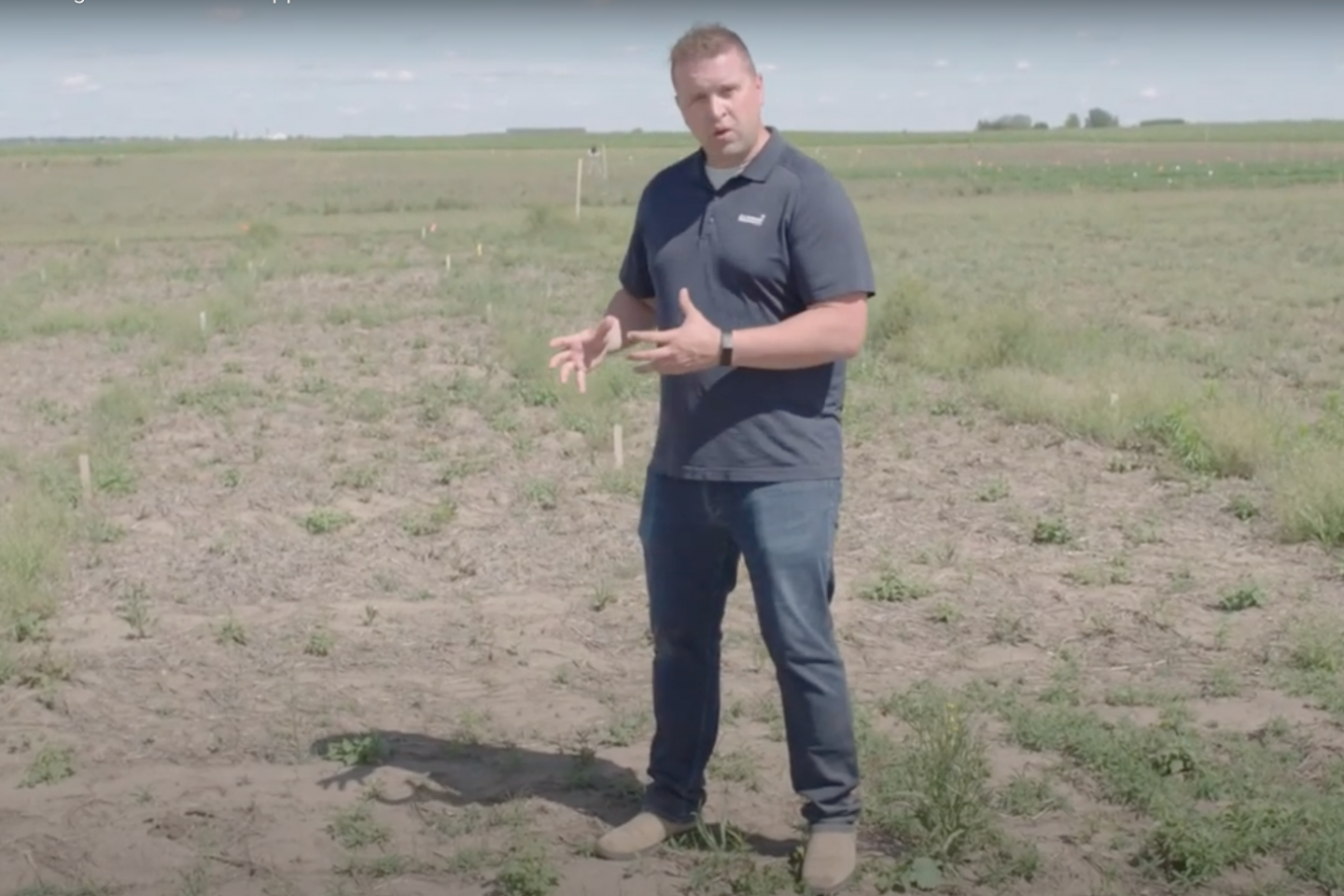Keeping lentils competitive: Adaptive weed control strategies are a must
As overseas markets for Canadian lentils expand, the number of acres planted with the crop is anticipated to grow throughout the prairie provinces in 2021. But with new opportunity come new challenges – specifically in weed management.
Prolonged weed-free period
Lentils are a generally poor competitor when it comes to weeds, and require a long weed-free period to achieve full yield potential.
Weed-free period refers to the stage of development where the presence of weeds causes yield losses greater than five per cent. Indeed, research from the University of Saskatchewan indicates the presence of weeds between the five and ten-node growth stage can seriously impact lentil yield and crop quality, necessitating protection in the early stages of development.
As detailed by Saskatchewan Pulse Growers, volunteer wheat and barley – difficult to clean from small-seeded lentils – can be controlled in-crop given the right combination of crop genetics and control product. Because highly-competitive, late-germinating weeds like Russian thistle and kochia can cause serious quality and harvest issues, late fall herbicide applications can also be required.
Pick a clean field
Nadia Piche, a farmer and agrologist with Hawk’s Agro in Gravelbourg, Saskatchewan, says growers really need to “pick a clean field” before seeding lentils.
“It’s important to plan ahead by creating a diverse crop rotation that includes cereals and oilseeds that have more herbicide options available,” she says. “In addition, pre and post-harvest herbicide applications can offer control over perennial weeds.”
That said, Piche cautions growers to consider potential re-cropping restrictions. Herbicides like clopyralid, for example, are registered to control Canada thistle and other perennials in cereal and canola crops – but carryover means lentils cannot be seeded the following year.
Soil texture and moisture conditions should be another consideration. Dry conditions slow microbial activity thereby slowing herbicide degradation and re cropping restrictions may have to be extended by another year.
Being mindful of herbicide-resistant weed populations is a critical part of proactive management. That means identifying what resistance pressures are present, if any, and taking action with products containing chemistries which will actually have an effect.
“If a grower is planning to grow lentils, using a soil residual product is a good tool for early season weed control. In the fall, once the soil has cooled but prior to freezing, a soil residual product can be applied to effectively control winter annuals and early spring germinating weeds,” says Piche.
“In the spring, an application of glyphosate with a tank mix partner can be employed to catch escapes. Spring applied residual products are another possibility, but generally only if one was not used in the fall.”
Non-herbicide options like tillage, harrowing, and higher seeding rates can also alleviate weed pressure. Regarding the latter, research conducted by Dr. Steve Shirtliffe at the University of Saskatchewan indicates rates up to 240 plants per square metre ensures a much more competitive crop.
Focus® herbicide brings both burnoff and pre-emergent extended performance on tough-to- control grassy and broadleaf weeds. It’s also stable in a variety of growing conditions, has few formulation restrictions, and combats resistance with both groups 14 and 15 activity.




